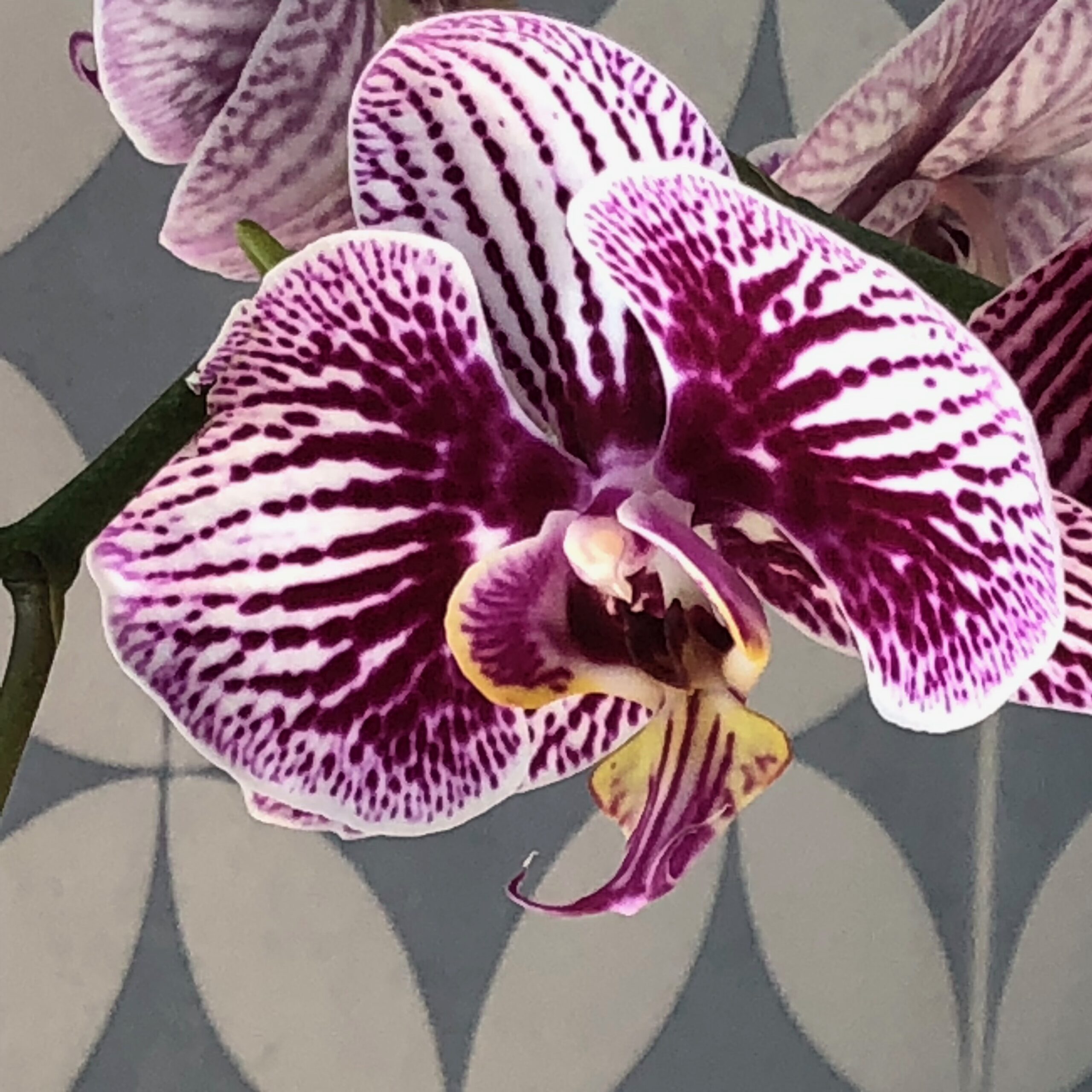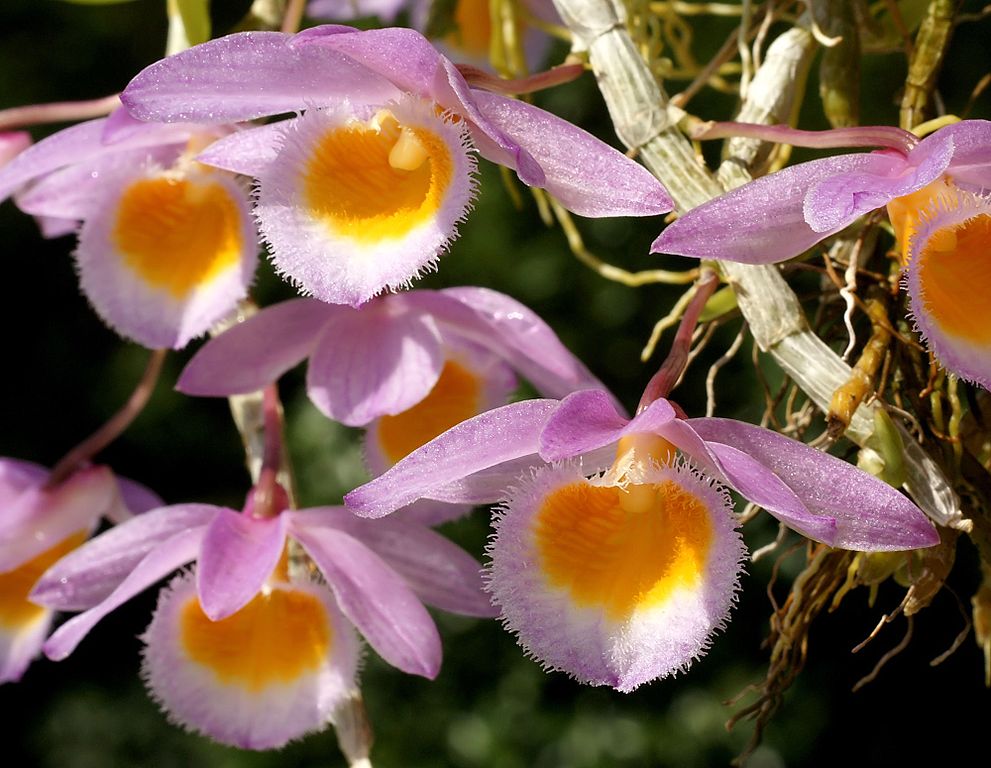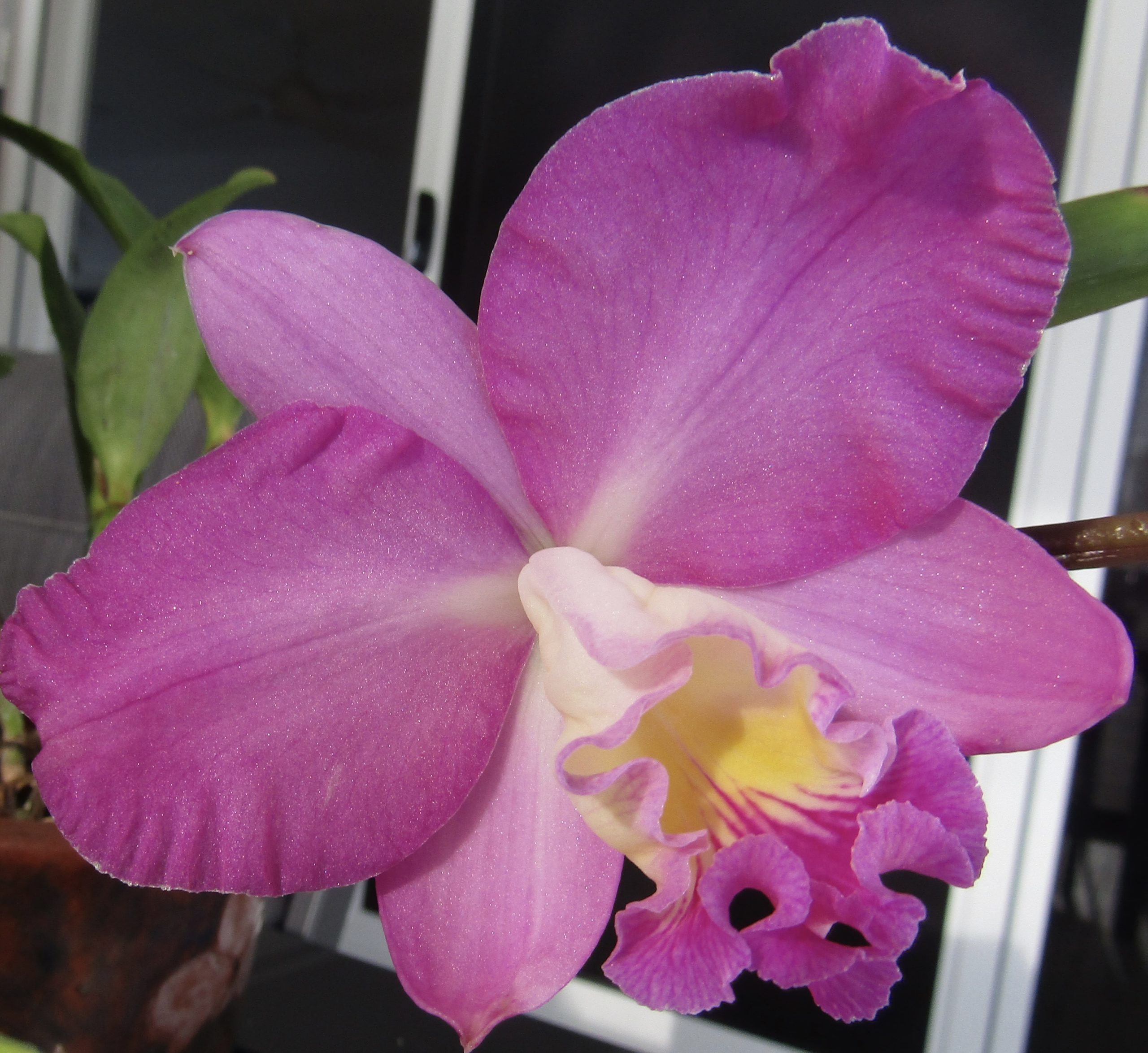but not your last
(Potted Phalaenopsis) tips
By Littleflower.business
You have your first flowering Phally.
So many emotions when you first get one, especially if it’s a gift. So beautiful. “It’s gonna die.”
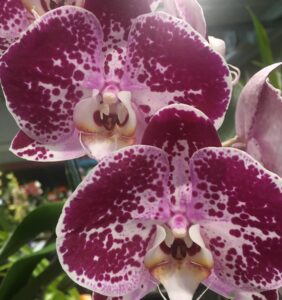
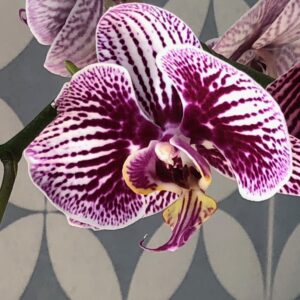
But it won’t. It’s a bit of a process, not green thumbs. They don’t exist. Unless you got a bit excited one time on St Paddy’s Day ay.
So here’s that orchid with its big gifty bow. You have to look after it or, yeah, it will die.
Where does your orchid come from?
Phalaenopsis (fail n opsis) comes from steamy jungles hanging off trees. Yep. Hanging off trees (epiphyte). I know that’s not very specific, it doesn’t have to be. Sometimes plants have a wide geographic location too, never say I can’t grow it here.
Now you know two things about your orchid: They don’t need much water. They like bright light, but not full sun, and they love humidity. They can grow low to the ground too, on rocks, (lithophyte) in crevices with lots of damp leaf litter; poo and rock minerals = nutrition. Another clue fertilise me regularly please.
Of course you will always consider your own growing environment (#myplace) but that comes later, lets get this down first. Where does your orchid come from? Find out and then come back and,
Now,
Observation and culture – look at Moi.
Another important consideration for cultural care of your orchid (or any plant) is looking.
Look at the big fleshy leaves on your phally . There’s another clue : this plant doesn’t need a lot of water. It can store water in its leaves, shut its stomata and use that water later.
Roots are another important consideration when growing orchids because #orchidroots are special.
But back to looking and now, feeling. Feel the leaves. They will (hopefully) feel what we like to call in the Hort trade ‘turgid’. Remember this feeling.
If the leaves feel limp, floppy and slightly wrinkled; your plant may need water, but before you water, because, and remember this important point too, if you’ve been over-watering it can make your orchid look similar to an under-watered plant.
So… check for signs of dryness.
If your plant is potted in bark, this is easy. If it’s light in colour, it’s dry, but if it’s damp, it will look very dark. If its in gravel (quincan) then it’s a bit harder to know. ( no experience ) If its planted in sphagnum moss, that’s easy too. Just feel it. It will also look very white if its dry. But touch is best here.
Here is where you consider your place too. How can you get your place to be the place this orchid wants to be.
“While watering is essential, over-watering is lethal.,” says horticulturalist and orchid grower, Susan Fairbairn.
“I will often water plants solely by misting but a lot of my orchids are mounted and it’s nearly impossible to over-water.”
“I have I would say 50 Phalaenopsis plants.
“I do a lot of looking for correct watering.
“I will perhaps giving a good soaking once a week in hot weather and even less in winter.
I have left my Phalaenopsis plant for 3 weeks at a time before I water, but I will mist the roots every other day. This one was in quincan (gravel).
“You get a lot of aerial growth root with phals and you target that with water and nutrients..”
“More so when they are mounted.
“It’s probably my 5th or 6th flowering hybrid #phally so there ya go a few fail n opsis before I hopefully got it right.
“I grow mostly species phallys and miniature species plus some hybrids but mainly minis”
Susan Fairbairn FB @littleflowerbiz Insta @littleflower.business
Important tip: you will kill this plant faster by over-watering than by under-watering. Be sparing with your love.
Next:
Look at the roots.
Are the roots white and green and plump? That’s a good sign. Brown and shrivelled, not so good. Mist them and watch them plump up and remember Orchids are extremely efficient at managing their water.
Light— inside or out?
Most flowering potted Phalaenopsis will be inside (at least while flowering).
If you’re growing it inside it won’t need too much light, definitely no direct sun or you will scorch it. The lower the light, the less watering, and if the light is too low you will not get very good growth or flowers.
If you have it outside then morning sun/filtered light, no direct afternoon sun, or medium shade will suit it. Lots of air movement mixed with lots of humidity and you will have so much enjoyment from this orchid.
Fertilising
Use a water soluble with the three important food groups for plants Nitrogen; phosphorous and potassium (NPK) fairly equal and with a nitrate form of nitrogen if possible.
So for example 10:10:10: [See this article: Fertilising]
When its finished flowering
These are not throwaways!
@safairbairn
They will grow and flower, sometimes on the old flowering stem.
You can get more flowers or new plants.
Good luck Billie with you’re first orchid.
I hope you will enjoy many more. xx
** I’m not sure that this #myorchidcomesfrom etc can be a strong statement in support of culture because these are extremely hybridised plants. As Taiwan is the leader in production; any variables through environmental climate culture may still be appropriate for tropical climates.
Great information can be found here: www.aos.org

